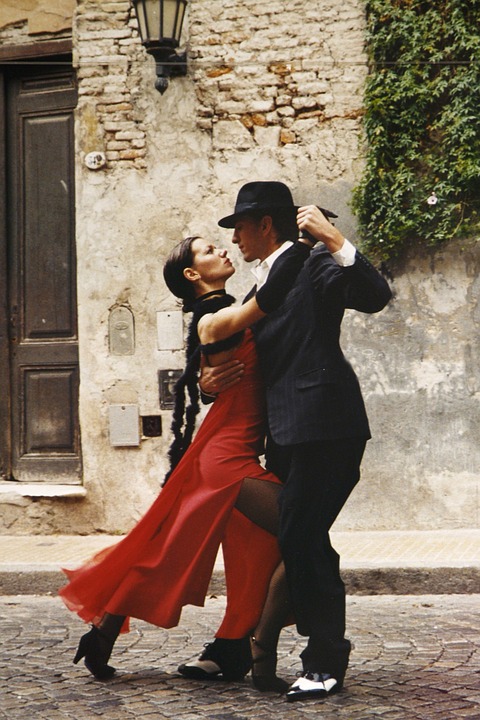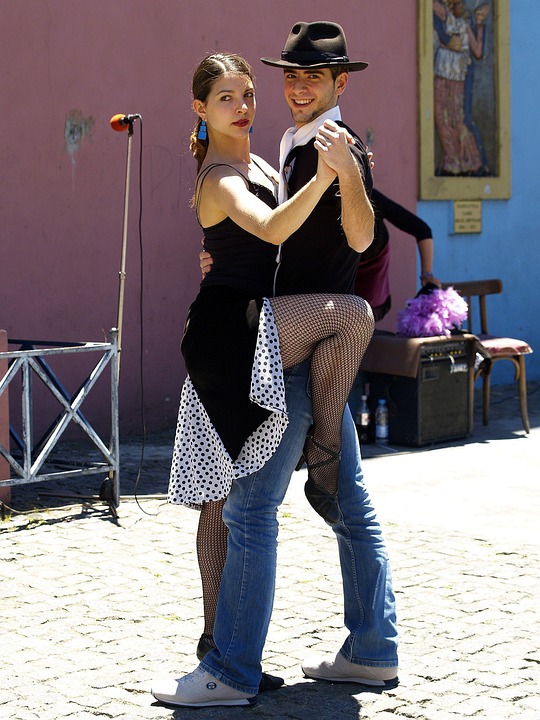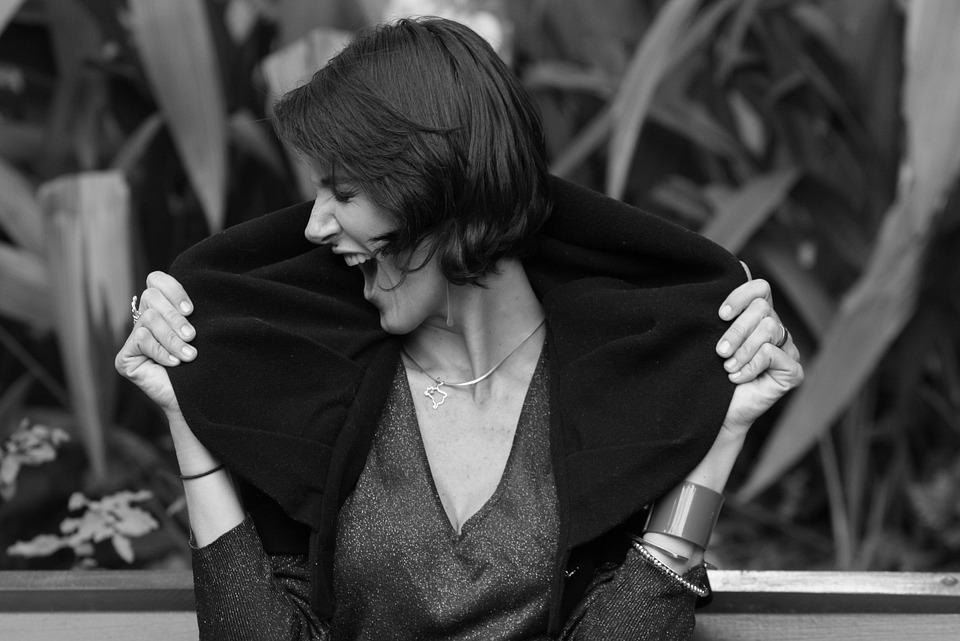Exploring the Passion and Drama of Tango
The History of Tango
Tango is a dance that originated in the working-class neighborhoods of Buenos Aires, Argentina, in the late 19th century. It is a dance that symbolizes the passion, drama, and sensuality that is often associated with Latin American culture. Originally danced in the brothels and bars of Buenos Aires, Tango quickly spread throughout Argentina and eventually made its way to Europe and the United States.
The history of Tango is rich and colorful, with influences from African, Native American, and European cultures blending together to create a unique and captivating dance form. The music of Tango is characterized by its melancholic melodies and evocative lyrics, which often tell stories of love, loss, and heartbreak.
The Elements of Tango
Tango is a dance that requires both partners to be in sync with each other, both physically and emotionally. The dance itself is characterized by its close embrace, with the man leading and the woman following his movements. The steps of Tango are intricate and precise, with a focus on connection and communication between the dancers.
One of the key elements of Tango is the improvisational nature of the dance. While there are basic steps and patterns that dancers can learn, Tango is ultimately about the connection between partners and the emotional expression that comes through in the movements.
Musically, Tango is typically danced to a 4/4 beat, with a strong emphasis on the downbeat. The music of Tango is often characterized by its use of the bandoneon, a type of accordion that adds a distinct sound to the dance. The lyrics of Tango songs often speak of longing, desire, and heartbreak, adding to the emotional intensity of the dance.
The Passion of Tango
Tango is a dance that is full of passion and intensity. The close embrace of the dance creates a feeling of connection between partners, with each movement expressing emotion and desire. The tension between partners is palpable, with the dance often feeling like a passionate struggle for dominance and control.
The physicality of Tango is also a key aspect of its passion. The close embrace and intricate footwork require both partners to be in tune with each other’s movements, creating a sense of intimacy and connection that is unique to Tango. The dance is often characterized by sharp movements and sudden changes in direction, adding to the drama and intensity of the performance.
The music of Tango also adds to the passion of the dance. The melancholic melodies and evocative lyrics create a sense of longing and desire, adding depth and emotion to the movements of the dancers. The combination of music and movement in Tango creates a powerful and captivating experience for both dancers and spectators.
The Drama of Tango
Tango is a dance that is full of drama and emotion. The themes of love, loss, and desire that are often portrayed in Tango music and lyrics are reflected in the movements of the dance. The tension between partners, the sharp movements, and the intricate footwork all contribute to the sense of drama and intensity that is characteristic of Tango.
The physicality of Tango also adds to the drama of the dance. The close embrace, the sharp movements, and the sudden changes in direction all create a sense of urgency and intensity that is unique to Tango. The dance often feels like a passionate battle between partners, with each movement expressing a range of emotions from longing to aggression.
In conclusion, Tango is a dance that is full of passion and drama. The history, elements, passion, and drama of Tango all come together to create a unique and captivating dance experience that is unlike any other. Whether you are a dancer or a spectator, Tango is sure to leave a lasting impression and ignite your passion for dance.




